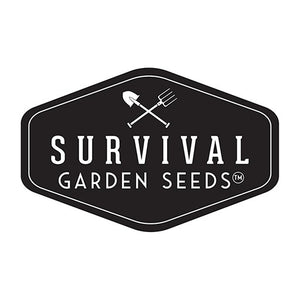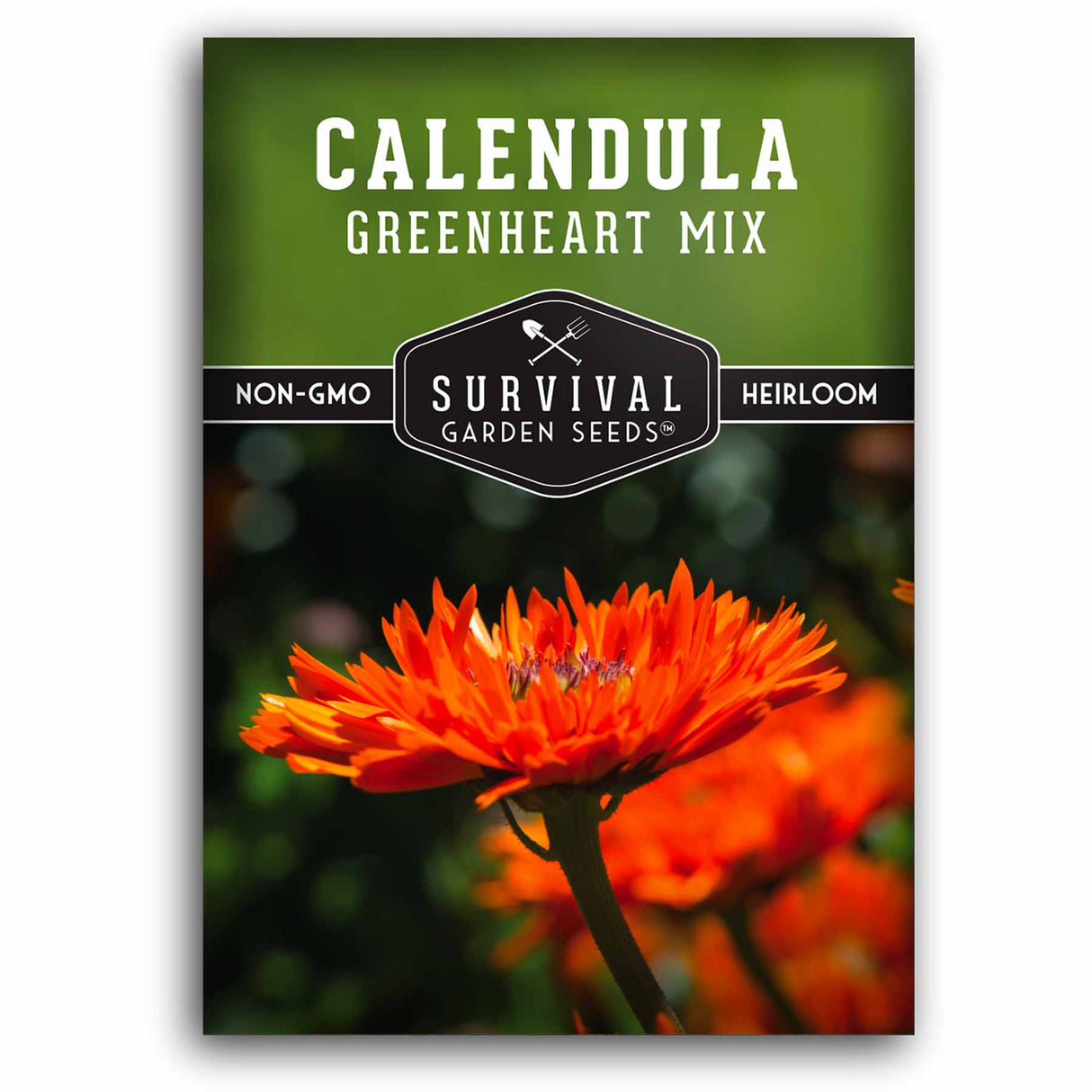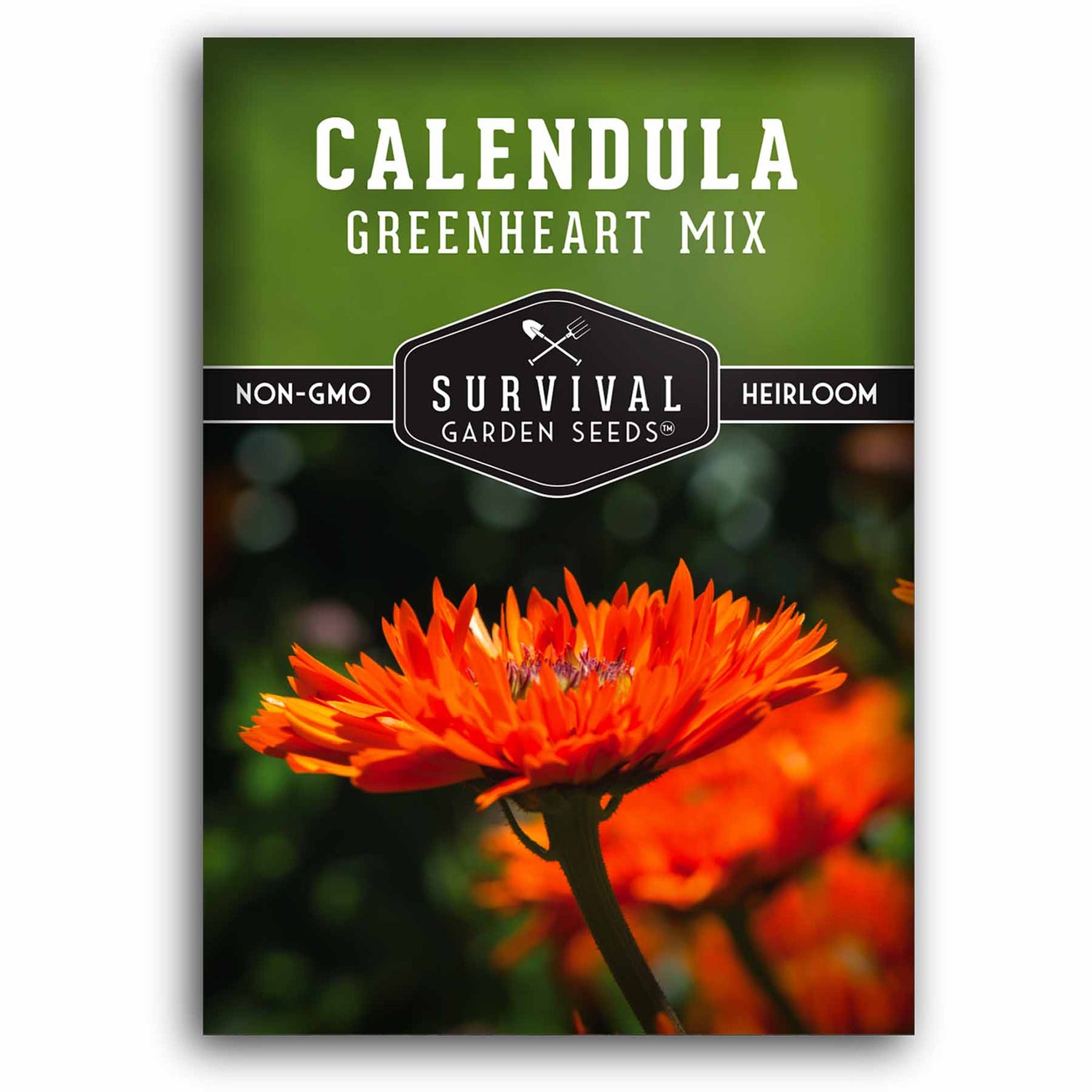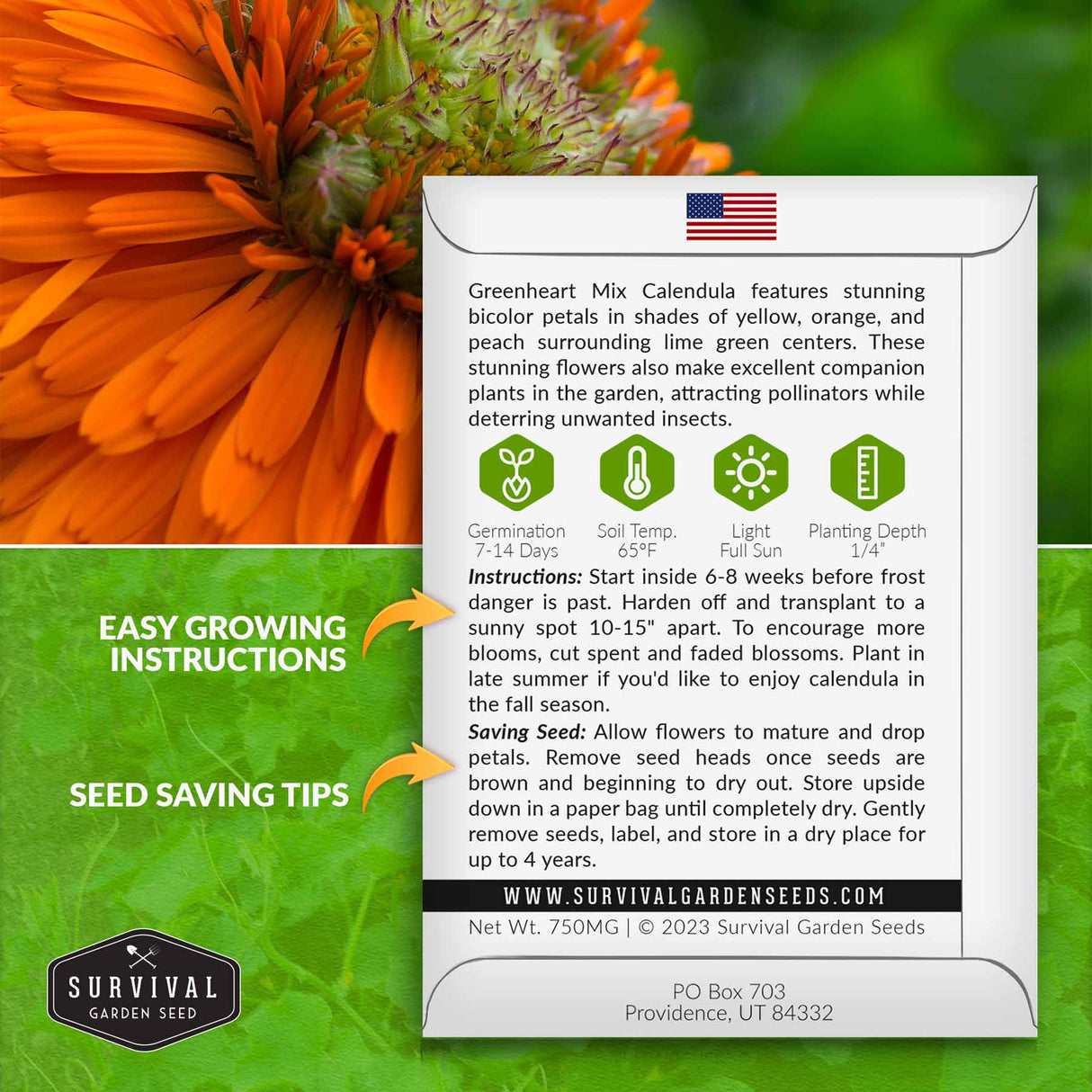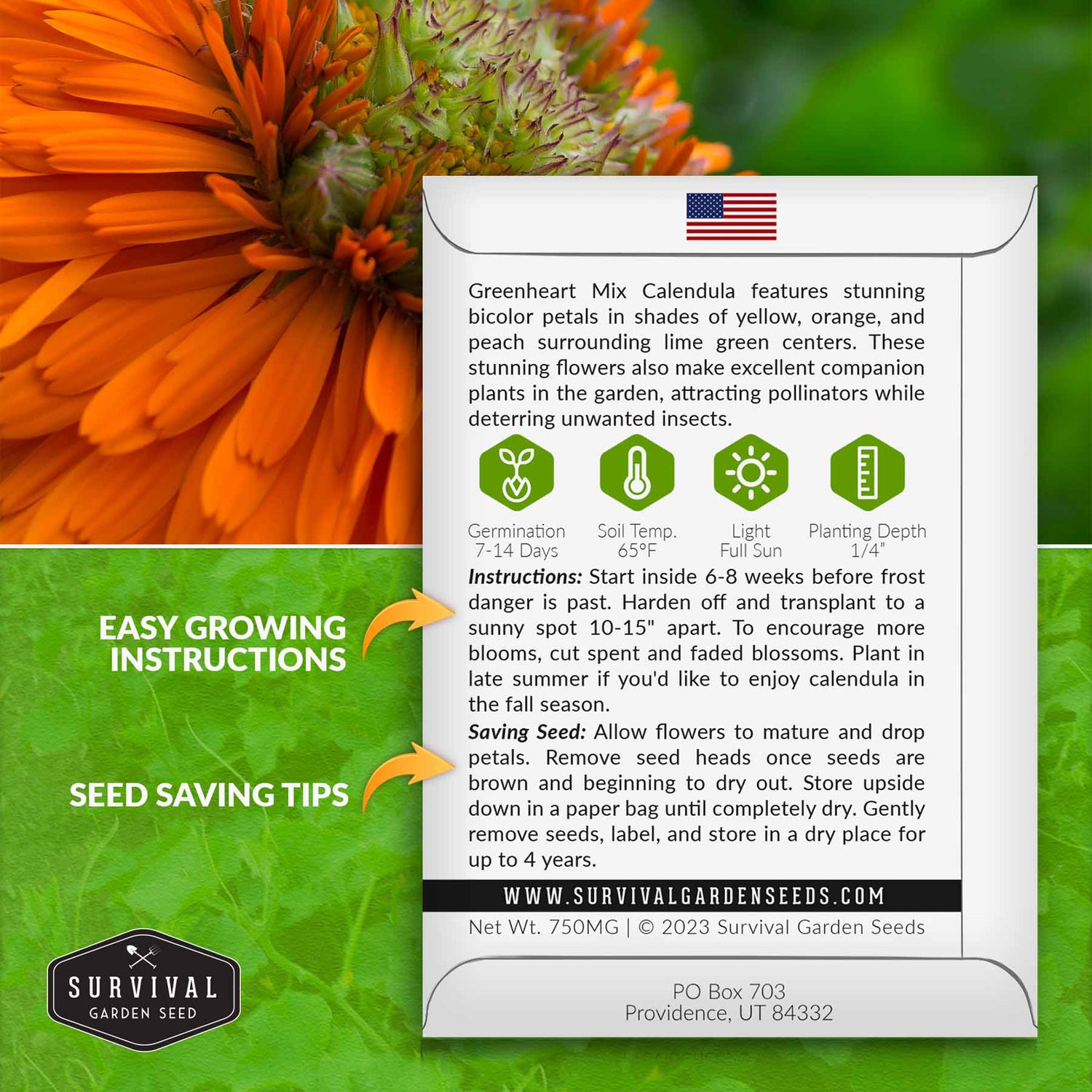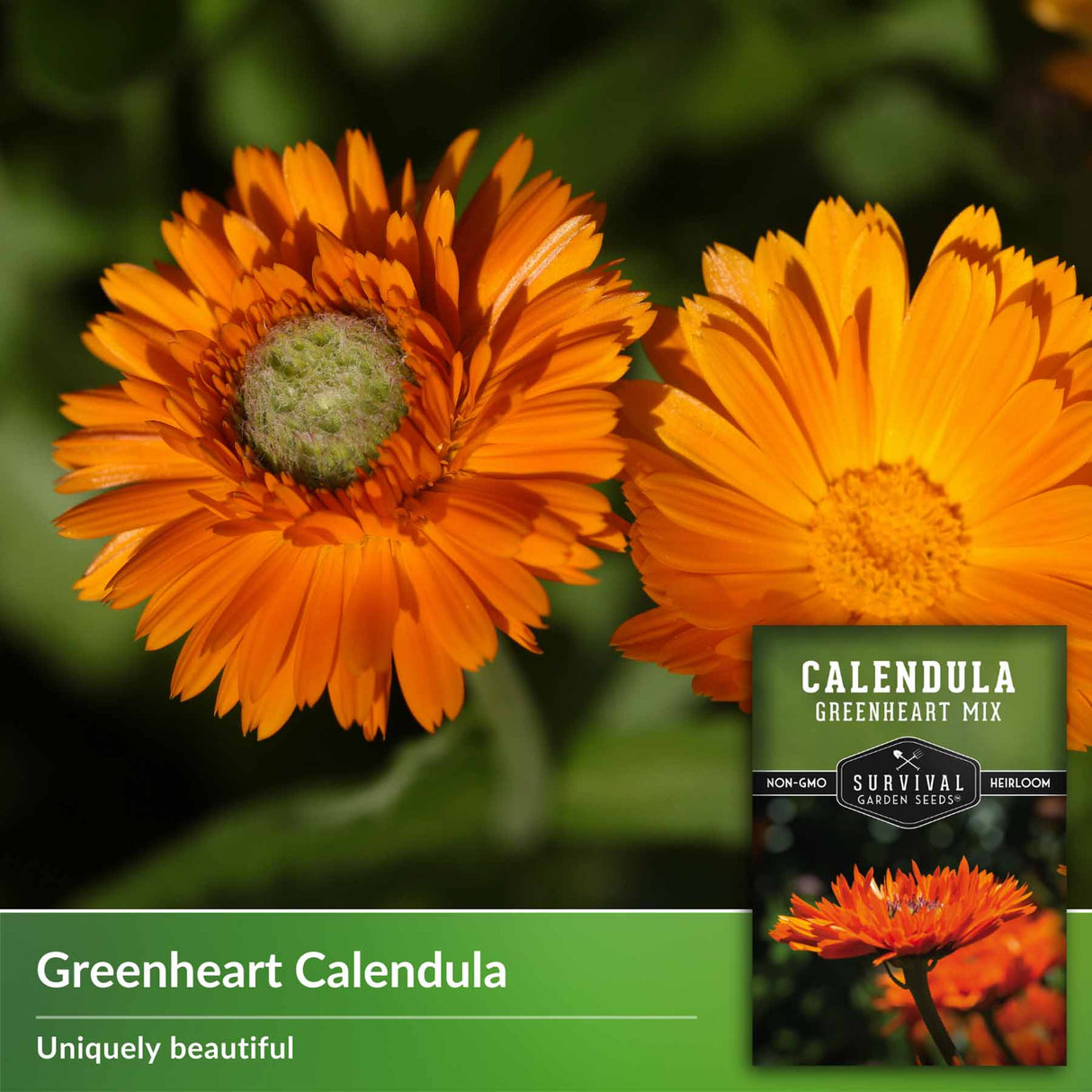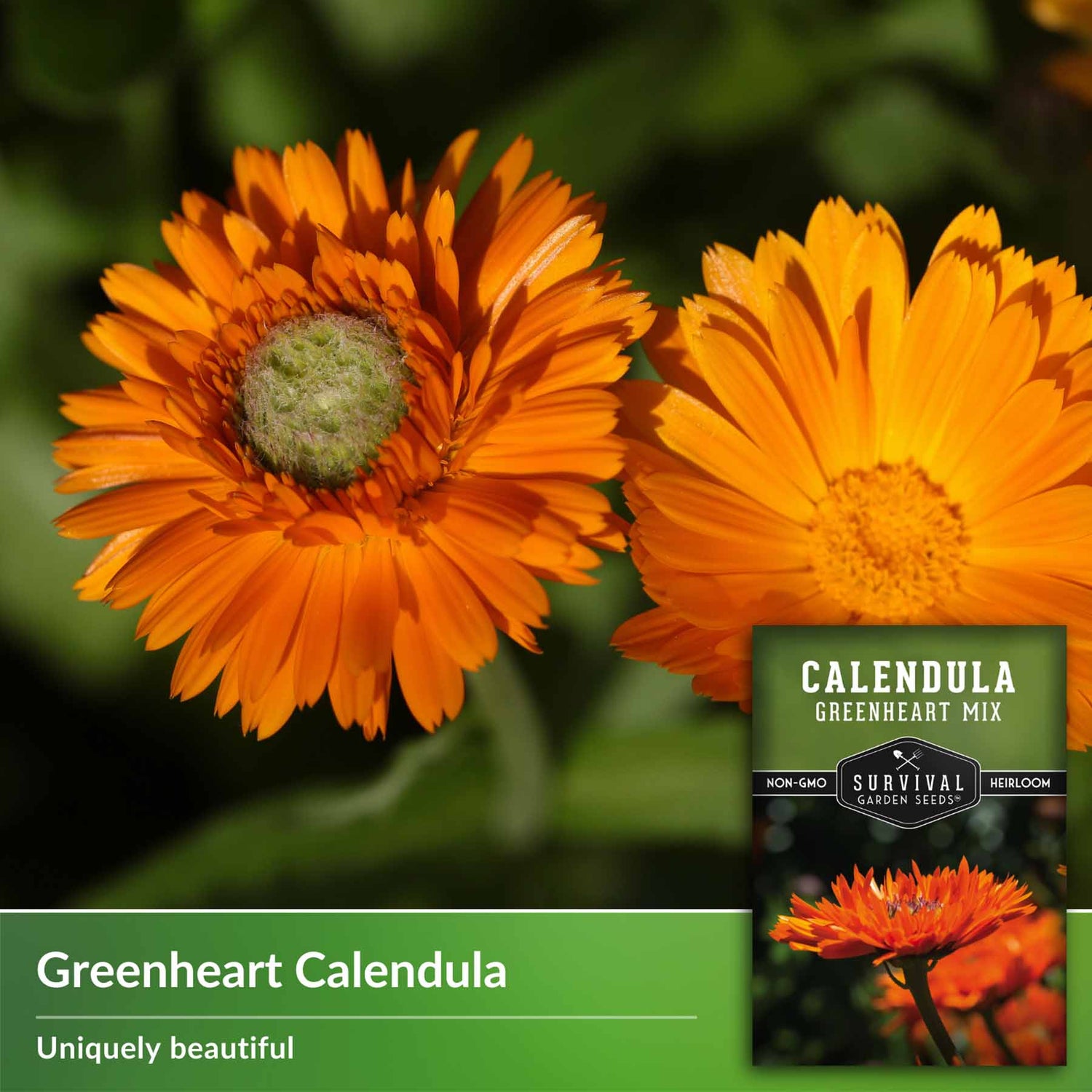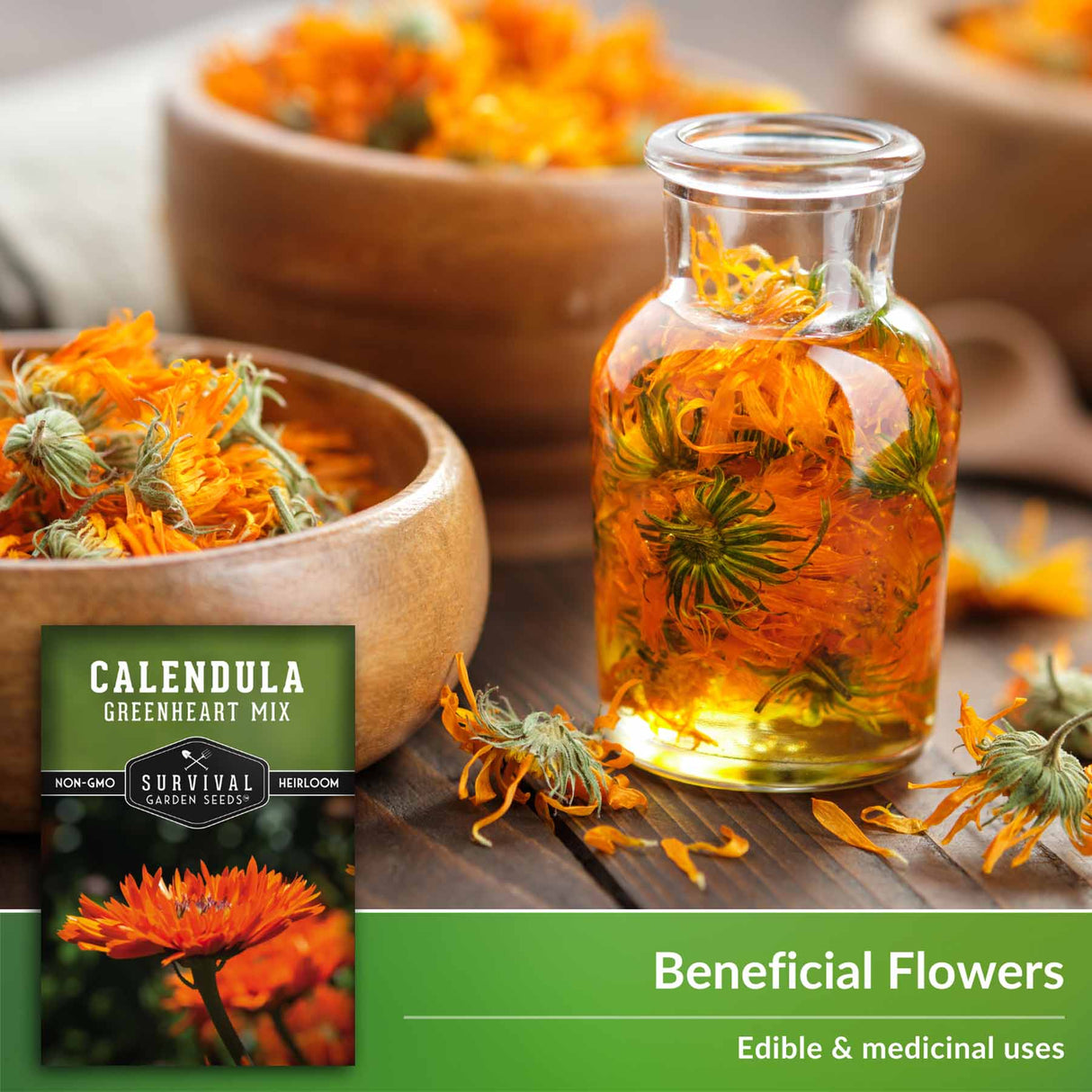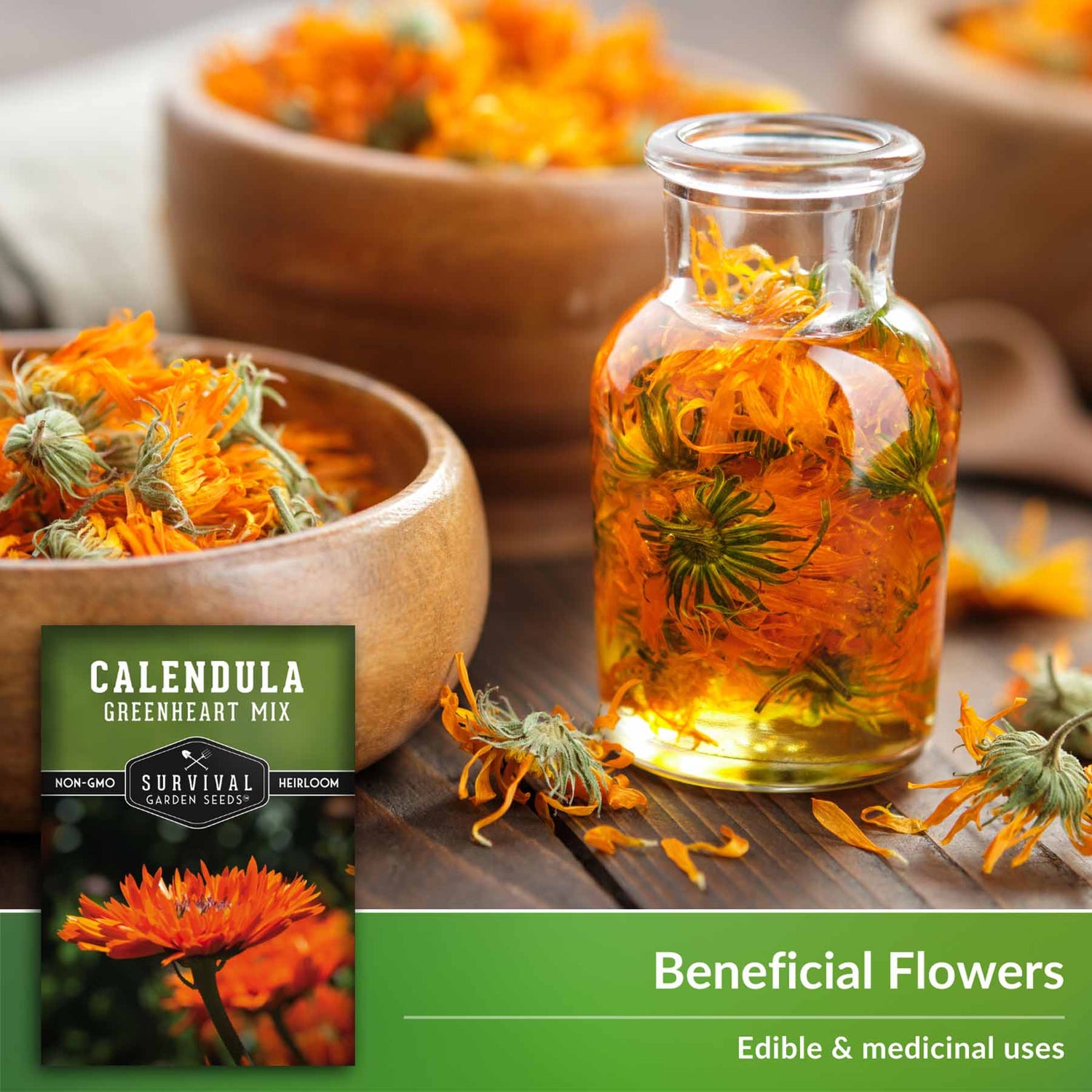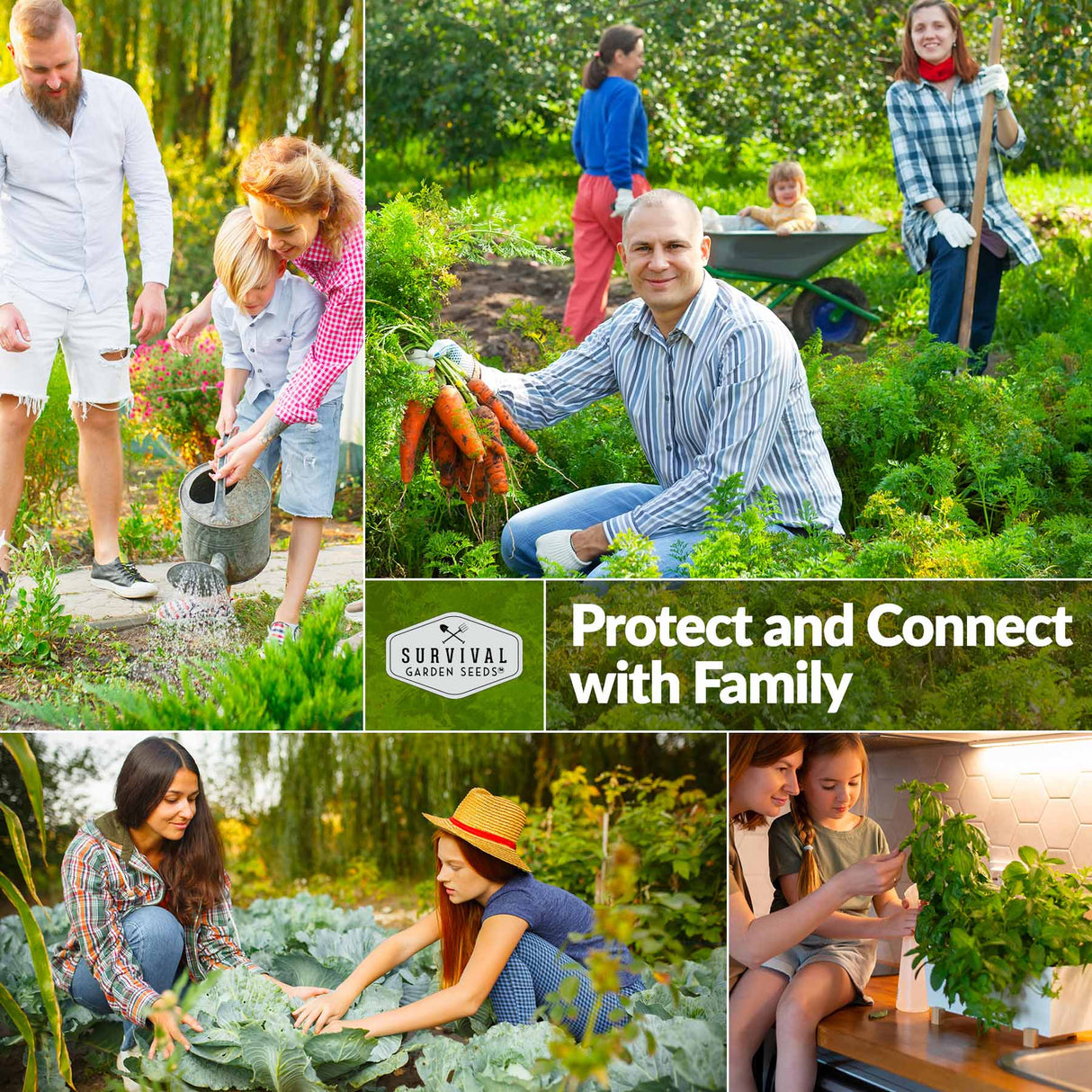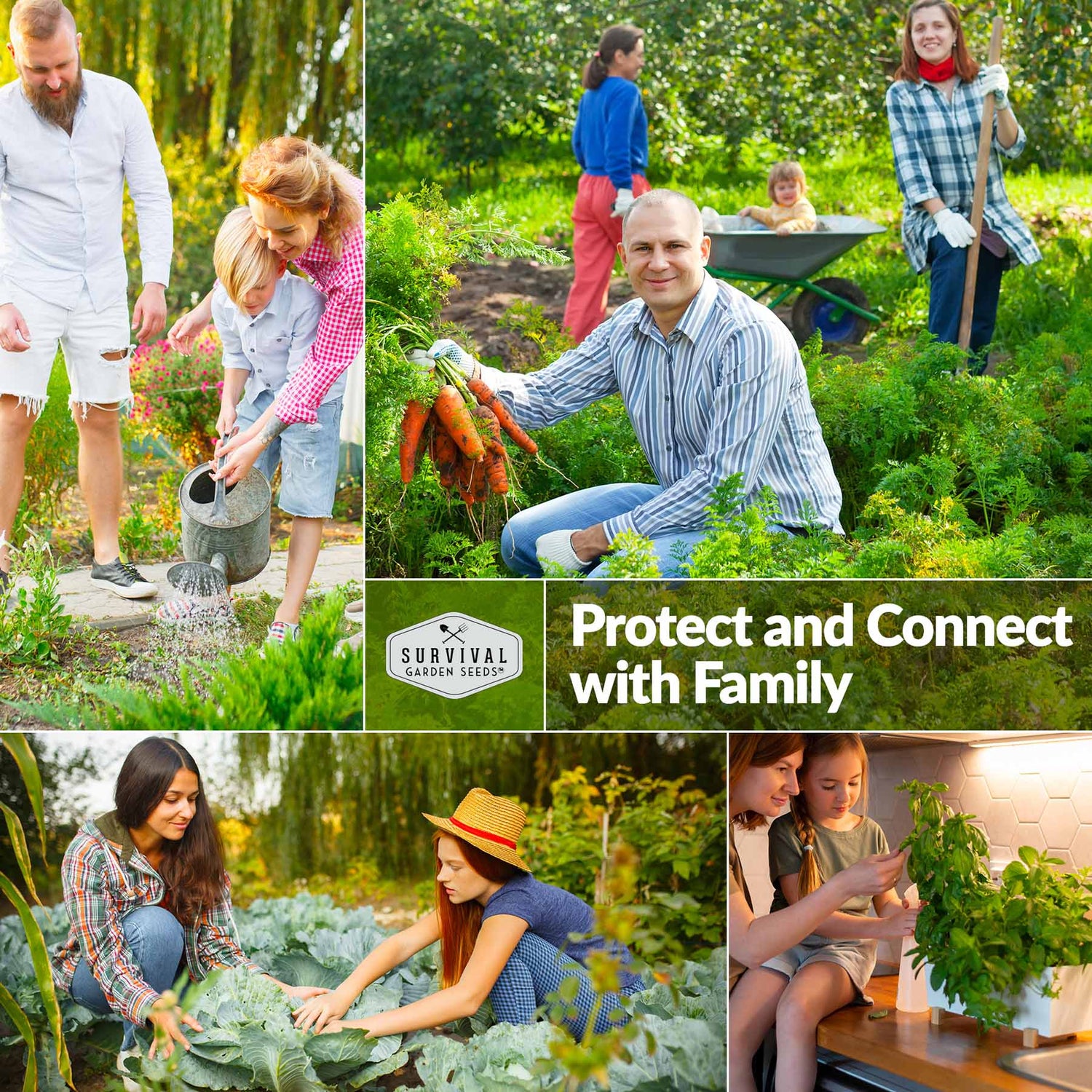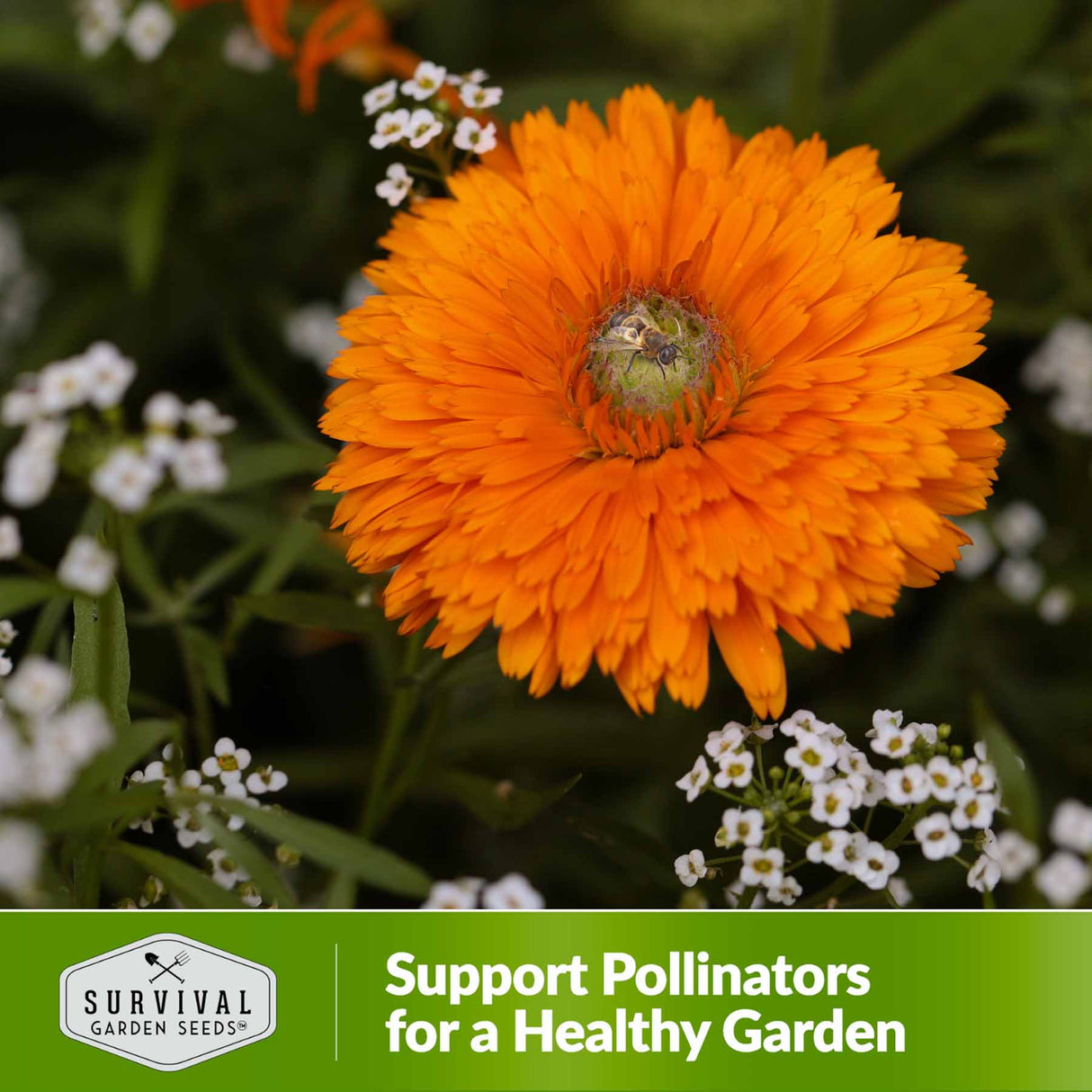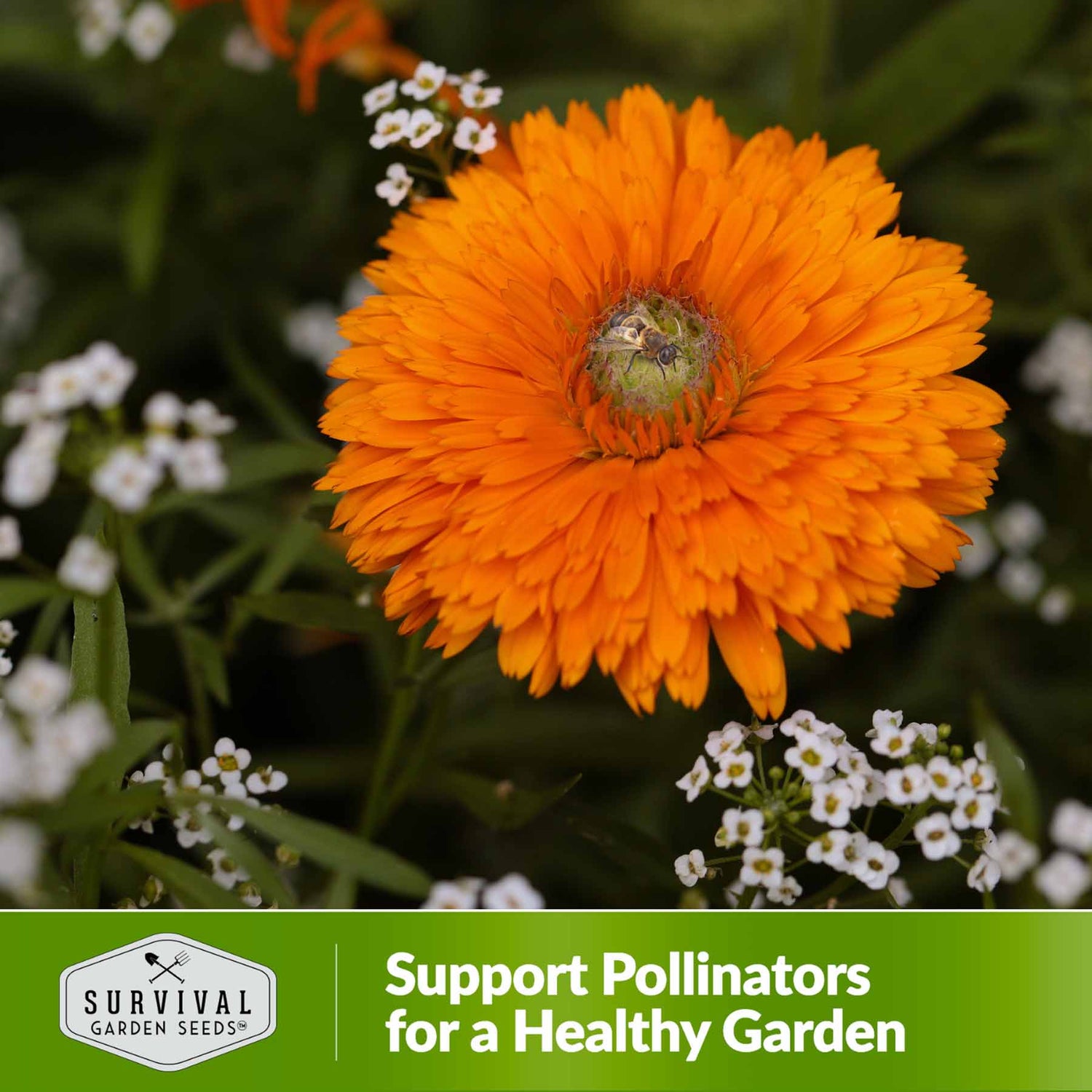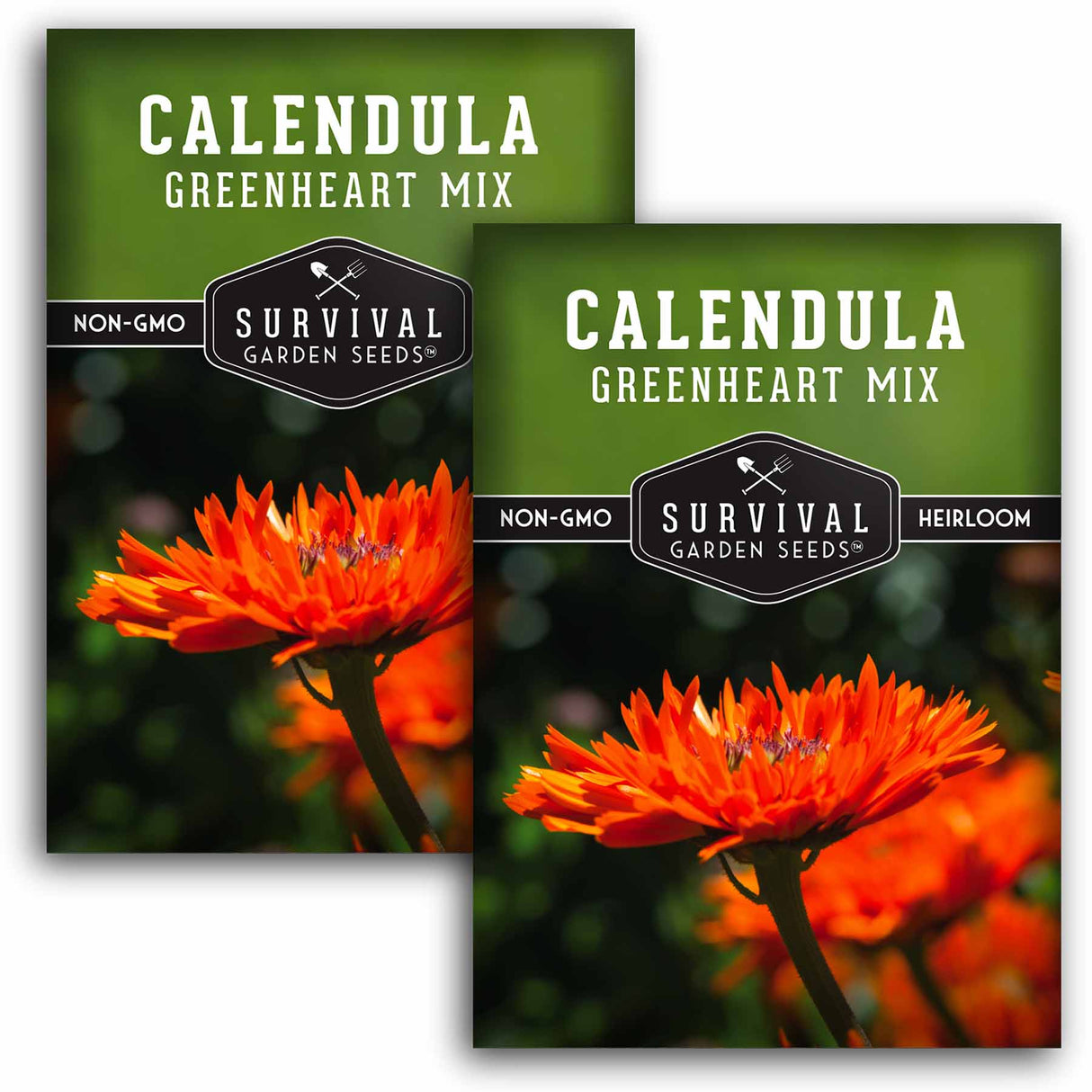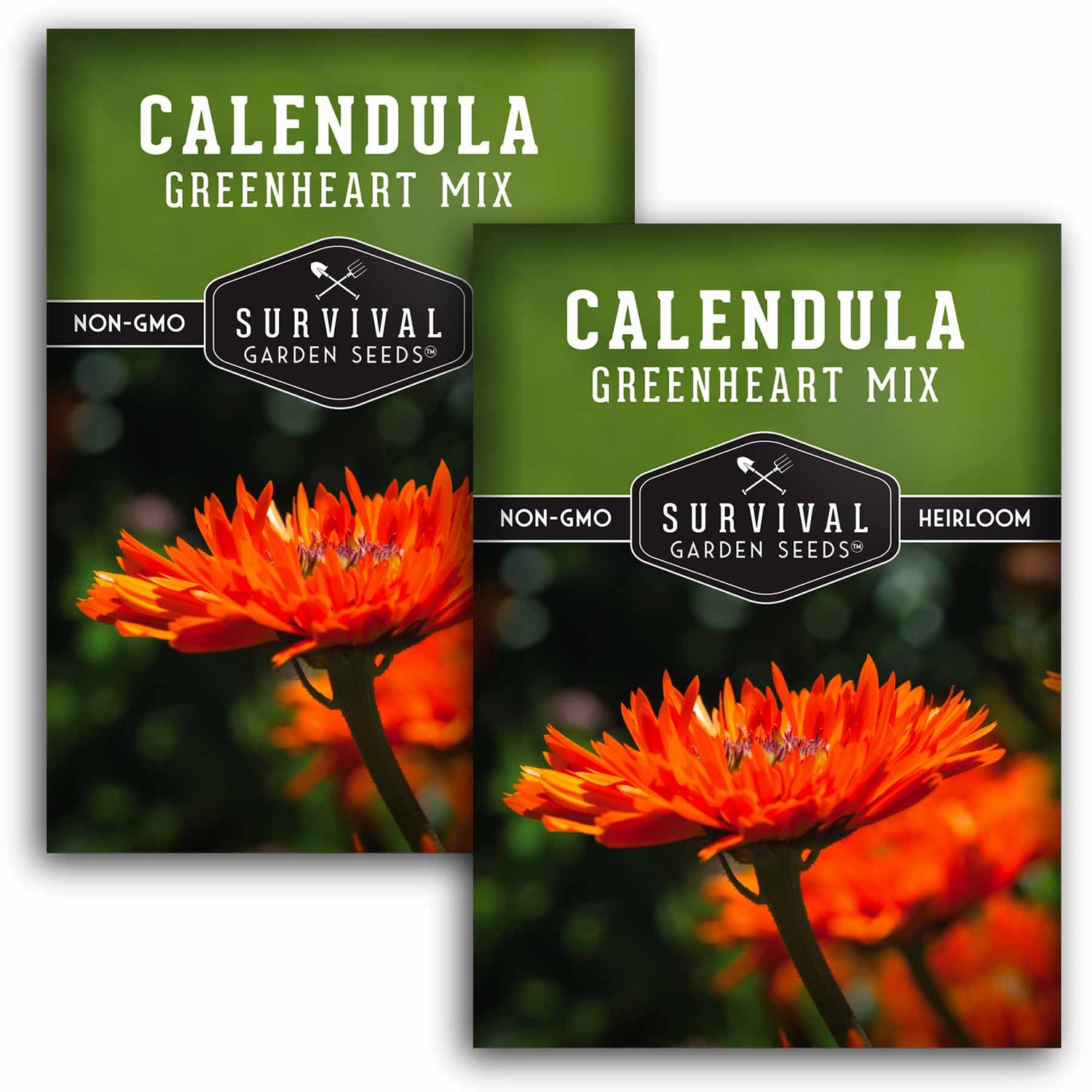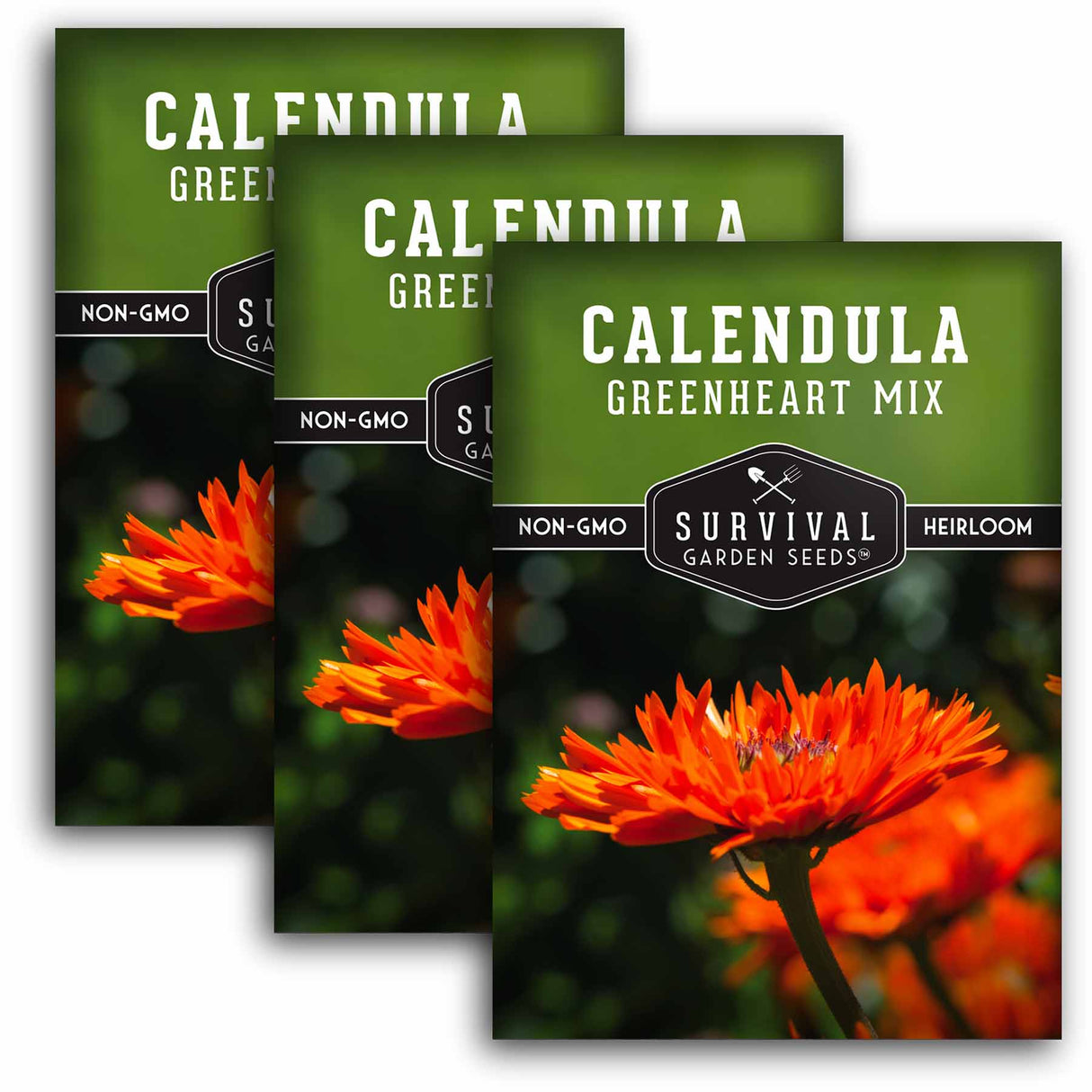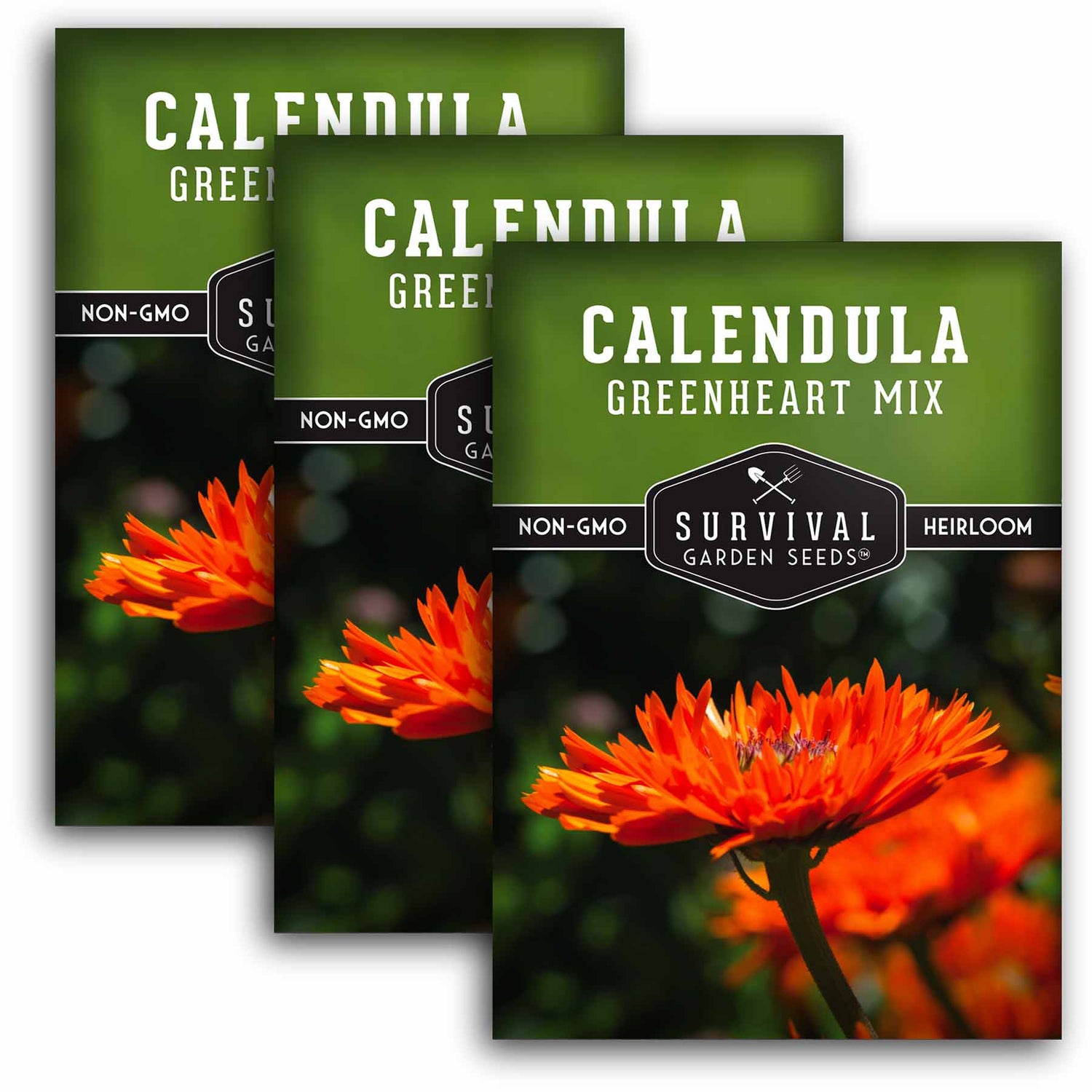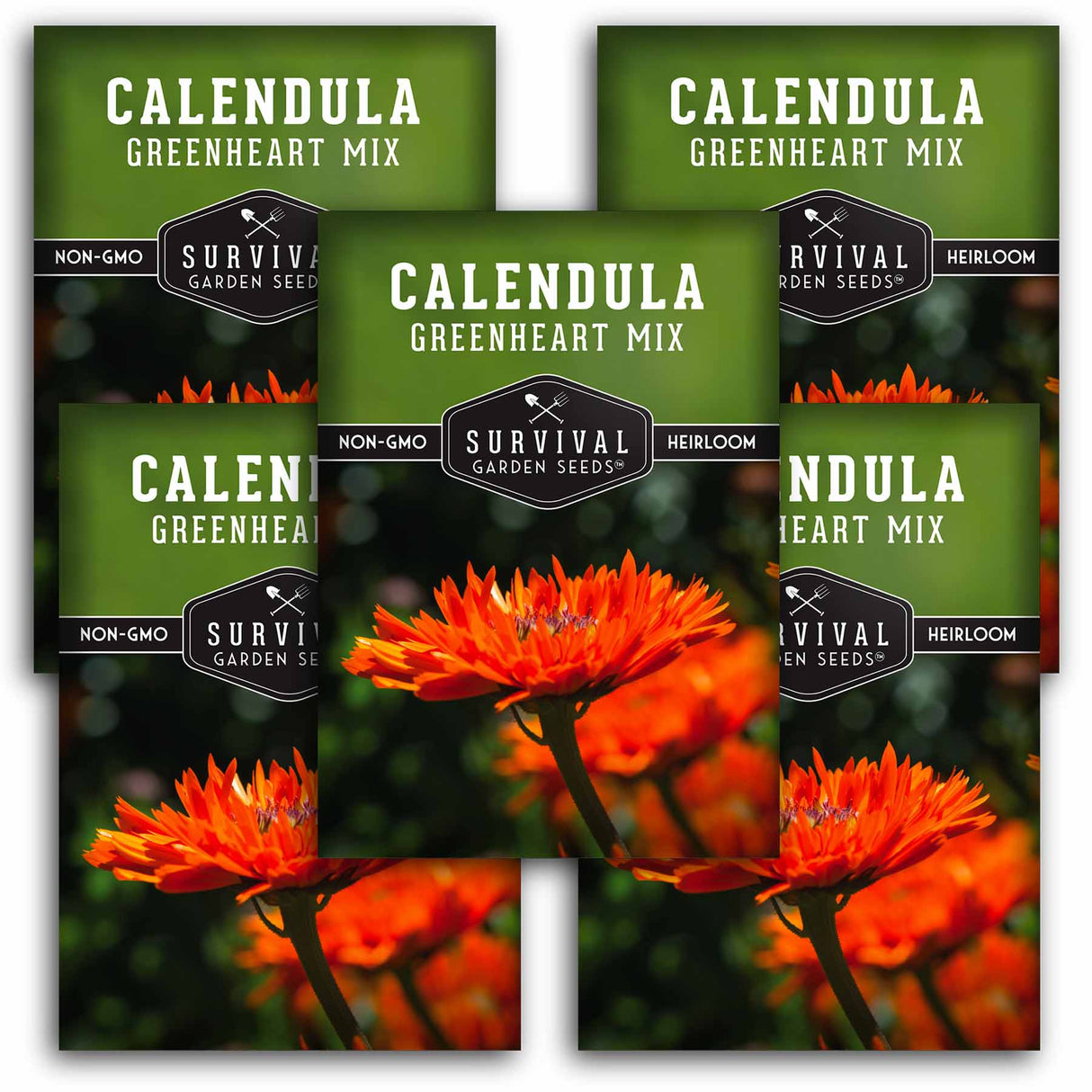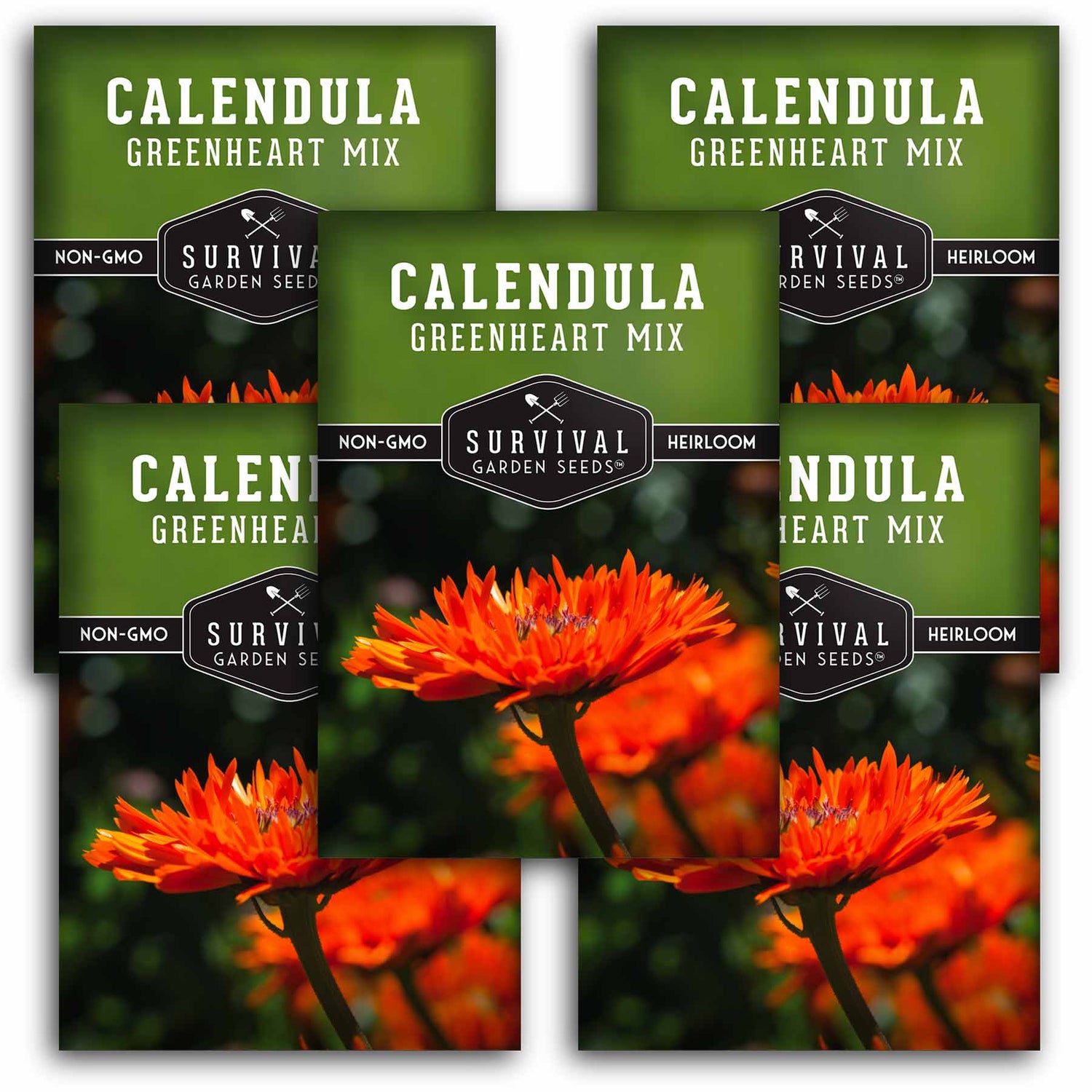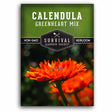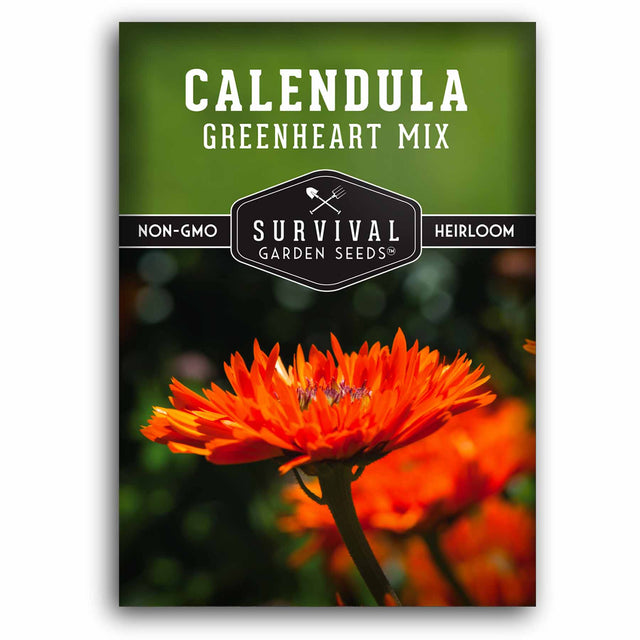Greenheart Mix Calendula Seeds – Rare Heirloom Edible Flower & Medicinal Herb with Gold, Peach & Orange Blooms (Calendula officinalis)
Heirloom - Non-GMO - Reliable Germination
Greenheart Mix Calendula Seeds – Rare Heirloom Edible Flower & Medicinal Herb with Gold, Peach & Orange Blooms (Calendula officinalis) - 1 Packet is backordered and will ship as soon as it is back in stock.
Couldn't load pickup availability
Add Rare, Lively Color to Your Garden with Greenheart Mix Calendula Seeds
Calendula officinalis ‘Greenheart Mix’ is a rare heirloom variety that turns any garden into a warm palette of gold, peach, and orange tones, each bloom accented by a unique lime-green center. These cheerful pot marigolds bring a fresh twist to classic calendula—perfect for gardeners looking to grow something truly distinctive for borders, beds, or cut flower arrangements.
Edible Flowers & Herbal Uses
Beyond their striking color, Greenheart calendula blooms are edible and versatile. Sprinkle the bright petals over salads, infuse them in teas, or bake them into breads and desserts for a touch of garden beauty. When dried, the flowers are valued for their herbal qualities—used traditionally in soothing salves, tinctures, and natural skincare remedies that nourish and protect.
Easy to Grow, Long Blooming & Reseeding
A cool-season annual, Calendula officinalis thrives in full sun and adapts to most soil types—from loam to sand or clay. Sow seeds outdoors after the last frost in spring or again in early fall for autumn color. Germination occurs in 7–14 days at 65–70°F. Plants grow 18–24 inches tall, producing continuous blooms from spring through fall. They also reseed readily, providing lasting color and herbal harvests year after year.
Supports Pollinators & Companion Planting
Open-faced calendula flowers naturally attract bees, butterflies, and other beneficial pollinators that strengthen your garden’s ecosystem. Their companion planting benefits make them excellent partners for vegetables and herbs, helping deter pests and support overall plant health. With strong stems and long-lasting color, Greenheart calendulas also make exceptional cut flowers for vibrant arrangements.
Why Gardeners Love Greenheart Calendula
- Unique Green-Centered Blooms: Rare mix of gold, peach, and orange petals with striking lime-green hearts.
- Dual-Purpose Harvest: Beautiful and edible—great for salads, teas, and herbal remedies.
- Pollinator-Friendly: Draws bees and butterflies for healthier gardens.
- Adaptable & Reliable: Grows well in varied soils and reseeds easily.
- Perfect Cut Flower: Long stems and bright color for natural bouquets.
How to Grow
- Sow: Directly plant seeds ¼ inch deep in well-drained soil after the last frost or in early fall.
- Water: Keep soil consistently moist until seedlings emerge.
- Thin: Space plants 8–12 inches apart once established.
- Bloom: Enjoy continuous flowers from spring to fall; deadhead regularly for extended blooming.
- Harvest: Pick petals fresh or dry for use in teas, salves, and crafts.
Net Wt. 750 MG
Heirloom Flower Seeds
All of our seeds are open-pollinated, non-GMO, heirloom varieties with tested germination rates
Specifications
Specifications
-
Botanical Name
-
Seasonality
-
Planting Zones
-
Light
-
Soil Temp for Germination
-
Germination Time
-
Planting Depth
-
Plant Size
-
Days to Bloom
-
Growing Instructions
-
Seed Saving Instructions
-
Seed Count (approximate)
Payment & Security
Your payment information is processed securely. We do not store credit card details nor have access to your credit card information.
Why Choose Survival Garden Seeds
At Survival Garden Seeds, we believe in preparing today for tomorrow’s peace of mind. That’s why we offer only heirloom, non-GMO, and untreated seeds you can trust to nourish your family and support a sustainable lifestyle. As a family-owned American company, we’re committed to providing seeds that grow strong and true—helping you cultivate health, resilience, and beauty in your garden.

Print Your Own Gift Tags & Envelopes
Spruce up your seed gift with free downloadable print-your-own gift tags & envelopes.
Frequently Asked Questions
Are your seeds heirloom and open-pollinated?
Are your seeds heirloom and open-pollinated?
Yes. All of our seeds are heirloom, open-pollinated varieties, which means they can produce seeds that grow true to type and are suitable for seed saving.
You can learn more about open-pollinated, heirloom, and non-GMO seeds in our Survival Garden Training blog.
Are your seeds non-GMO?
Are your seeds non-GMO?
Yes. All Survival Garden Seeds are 100% non-GMO. Our seeds are open-pollinated heirloom varieties and are never genetically modified.
Are your seeds treated with chemicals?
Are your seeds treated with chemicals?
No. Our seeds are completely untreated and free from chemical coatings, fungicides, or synthetic treatments.
How do I know my seeds are fresh?
How do I know my seeds are fresh?
Every seed packet includes a packed-for date, and we germination-test each seed lot before packaging to ensure high viability.
What is the shelf life of these gardening seeds?
What is the shelf life of these gardening seeds?
Most seeds remain viable for 3 to 5 years or longer when stored properly in a cool, dry place away from light and moisture.
In what USDA hardiness zones can I grow your seeds?
In what USDA hardiness zones can I grow your seeds?
Our varieties are selected to grow successfully across USDA Hardiness Zones 3 through 10. Each packet includes variety-specific planting guidance and germination tips.
